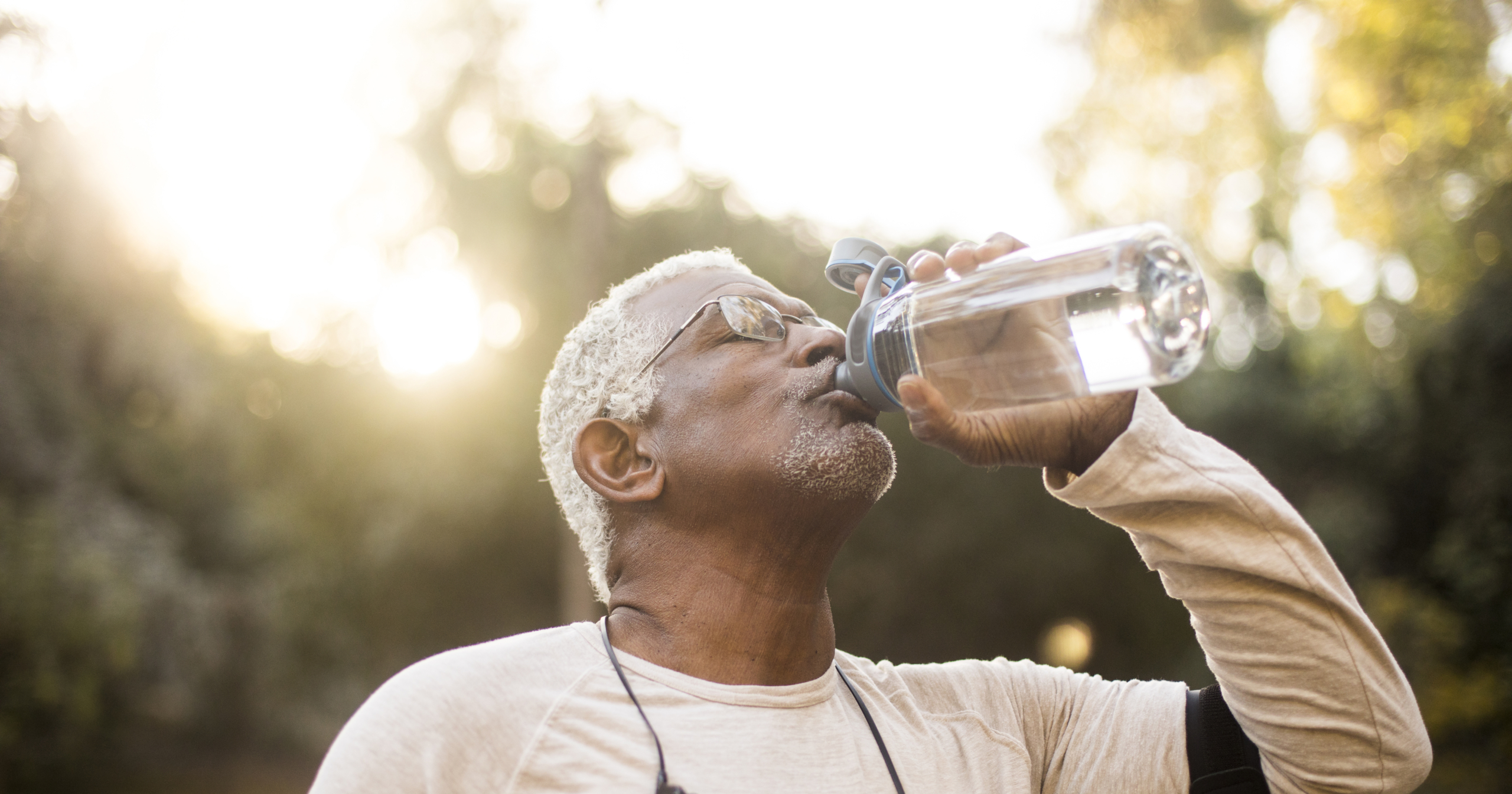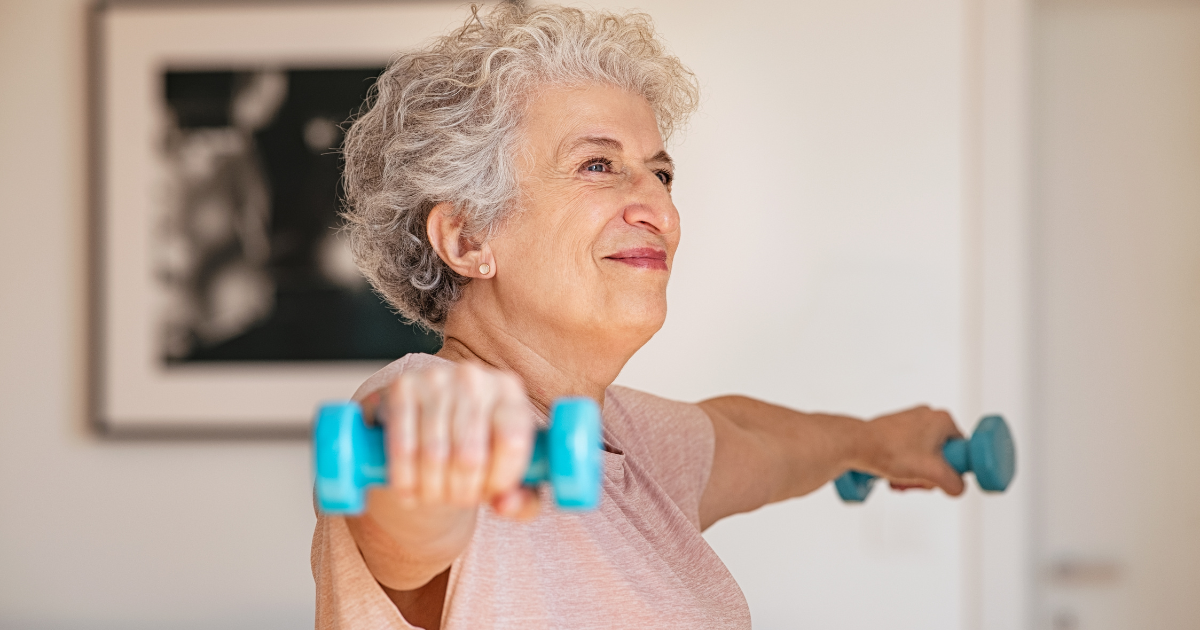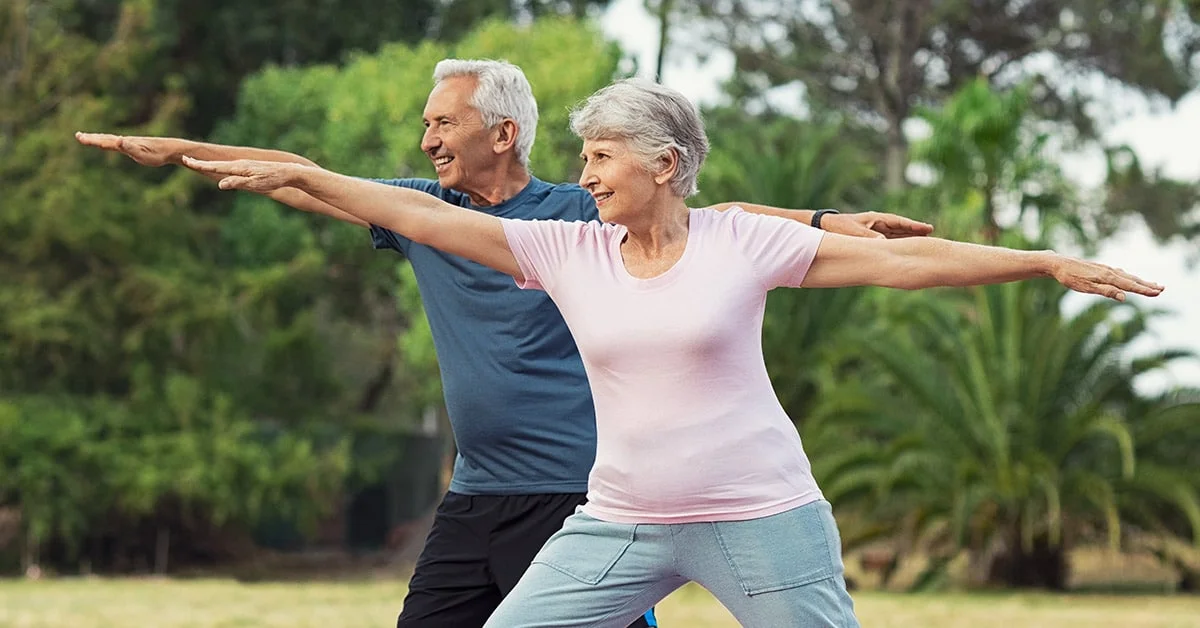You’ve seen the news reports. Sitting too much harms our health. Knowing more about the health risks would be helpful. You’d also welcome some tips on how to be active and enjoy it! The fitness exercises for seniors presented here can be useful for both you and your parent.
The Risks of Being Sedentary
When a person sits or reclines a lot, with little or no exercise, one is living a sedentary lifestyle. This includes hours of watching TV, sitting at a computer, or commuting. The list of risks is long. The bottom line is inactivity has the potential to harm your heart, circulation, muscles, bones, and immune system. Other risks include diabetes, certain cancers, depression, and anxiety. In other words, inactivity has head to toe risks!
Good Reasons for Easy Exercising
Now that you’ve read the gloomy list of risks, it’s time to consider the benefits of easy exercising. As you review these with your parent it helps to reflect on times in their life when they were regularly active. Many jobs, caring for children, and doing house and yard work involve activity that engages muscles as well as minds.
Speaking of minds! That’s the first good reason to exercise. Even routine fitness exercises for seniors require thought. As you think about what your body is doing, your brain is stimulated, doubling the benefit of exercise! Here are other good reasons to move:
- Muscle mass loss begins in our middle 40s—exercise slows loss.
- Ligaments and tendons stiffen with age, contributing to injuries—regular activity helps to retain their health.
- Easy exercising can decrease aches and pains.
5 Easy Feel Fit Exercises
When your parent decides to begin an exercise program, it’s wise to check in with the doctor. They’ll learn about any cautions related to their health, and the doctor will learn that they are engaging in self care. Now it’s time to plan an easy exercise routine! These fitness exercises for seniors promote strength, endurance, balance, and flexibility. Each improves with gradual week-by-week increases.
Breath work
That’s right—breathing is exercise! It is a key to healthy exercise because using your breath, not holding it, benefits your blood pressure. Breath work aids circulation, and activates your chest, upper back, and abdominal muscles. To practice focused breathing:
- Sit nice and straight in a well-supported position.
- Inhale, preferably through your nose.
- Slowly exhale through your mouth.
- Repeat the cycle and practice this a few times each day.
- Begin your easy exercises by focusing first on your breath.
Stretching
Stretching gently awakens circulation and uses muscles. Sample stretches are available in magazines, videos, and online. Select those intended for elders or people with low activity levels. Stretching can be done while standing or seated, and while watching TV or listening to music. Encourage your parent to stretch:
- Neck, shoulders, arms, and hands
- Chest, back, and abdomen
- Hips, buttocks, legs, and feet
Tai Chi and Yoga
These ancient forms of movement combine strength training with stretching moves. Moving and lifting limbs uses muscles while promoting balance. Both are offered online and in community settings. Either can be done in a small space and with little or no equipment.
Walking
This is especially effective when one goes outside, walking inclines, hills, and natural terrain. Your parent’s reality may mean walking to the kitchen, bedroom, or bath. They do so for a purpose. Now encourage your parent to walk from room to room for the sole purpose of moving! It can be done quietly, while talking on the phone, or listening to music—walker’s choice!
Walking actions can even occur while seated or standing in place—legs go up and down, and arms swing! You and other caregivers can remind your parent to walk every hour. Keeping a cane or walker handy may add to their security.
Resistance Training
Resistance exercises build strength and can be done at home with little equipment. In fact, your parent’s primary piece of equipment is his or her body! Other options include water bottles, resistance bands, and rubber/tennis balls. These are used to increase strength in hands, arms, back, abdomen, and legs as one does certain routines. Guidelines for resistance training are available at local recreation centers and online.
Need A Little Assistance?
Cranberry Home Care includes companion services that encourage seniors to exercise at home, and by participating in community activities. We will consult with you, describing how our services are individualized for your parent’s interests and needs. Visit our website at www.cranberryhomecare.com to request a free in-home consultation today!
Resources
MedlinePlus. (2017). Health risks of an inactive lifestyle.
National Institute on Aging. (n.d.). Go4Life: Improve your strength.




